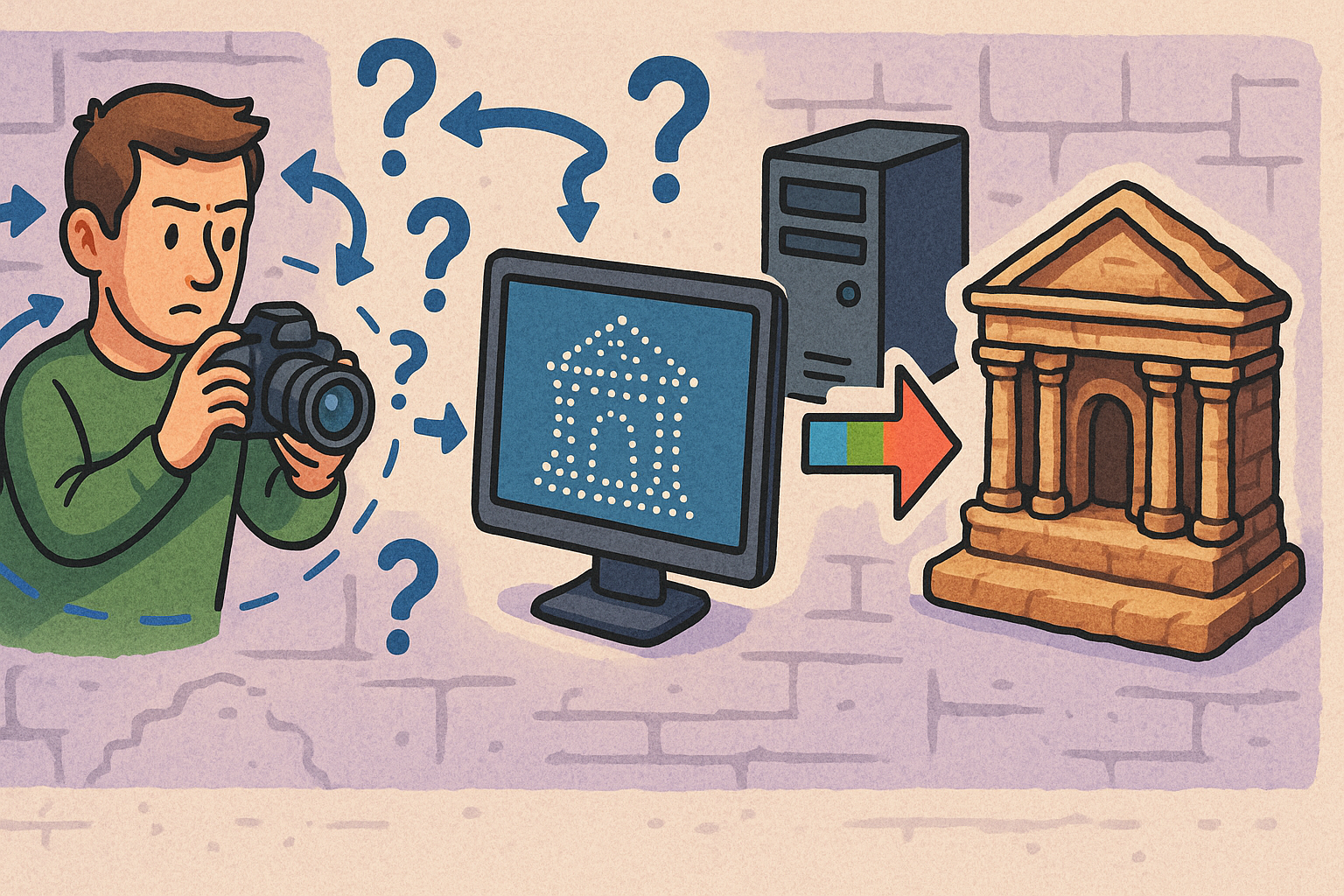Your Cart is Empty
Customer Testimonials
-
"Great customer service. The folks at Novedge were super helpful in navigating a somewhat complicated order including software upgrades and serial numbers in various stages of inactivity. They were friendly and helpful throughout the process.."
Ruben Ruckmark
"Quick & very helpful. We have been using Novedge for years and are very happy with their quick service when we need to make a purchase and excellent support resolving any issues."
Will Woodson
"Scott is the best. He reminds me about subscriptions dates, guides me in the correct direction for updates. He always responds promptly to me. He is literally the reason I continue to work with Novedge and will do so in the future."
Edward Mchugh
"Calvin Lok is “the man”. After my purchase of Sketchup 2021, he called me and provided step-by-step instructions to ease me through difficulties I was having with the setup of my new software."
Mike Borzage
Harnessing Big Data for Advanced Design Intelligence and Predictive Analytics in Engineering
June 01, 2024 3 min read


Introduction to Big Data in Design
In the era of digital transformation, big data has emerged as a pivotal element across various sectors, significantly impacting design and engineering. Big data encompasses vast volumes of structured and unstructured data generated at high velocity, which, when effectively analyzed, can reveal invaluable insights. This massive influx of information is revolutionizing industries by facilitating more informed decision-making processes, enhancing operational efficiencies, and fostering innovation. The integration of big data within the design realm introduces an advanced concept known as design intelligence and predictive analytics, marking a paradigm shift in how designers and engineers approach the creation and optimization of products, services, and environments.
The Role of Big Data in Enhancing Design Intelligence
The infusion of big data analytics into the design process can significantly uncover patterns, trends, and correlations that might not be visible to the human eye. This capability allows design professionals to make more informed decisions, anticipate future needs, and create innovative solutions that align closely with user demands and market dynamics. Predictive analytics, a facet of big data, extends the ability to not only interpret current data but also forecast future trends. This is particularly transformative for anticipating customer preferences, material innovations, and even potential design challenges before they become apparent.
Despite the omission of specific case studies, it's evident from general industry patterns that companies leveraging big data in their design processes enjoy a competitive edge. They can predict market trends, innovate proactively, and meet customer needs more efficiently.
- Unveiling hidden patterns: Big data algorithms can analyze vast datasets to identify trends and patterns that inform design choices.
- Forecasting future trends: Predictive analytics can project future market movements and consumer preferences, guiding the development of next-generation products.
Tools and Technologies Enabling Big Data Analysis in Design
To harness the potential of big data in design, various software and platforms have been developed, tailored specifically to the needs of designers and engineers. These tools are engineered to efficiently process and analyze large datasets, translating complex information into actionable insights. Integrating these technologies into the design process can drastically enhance creative output, improve precision, and expedite project timelines. However, transitioning to a data-driven design methodology is not devoid of challenges. Concerns surrounding data privacy, security, and the necessity for specialized skills to interpret big data analytics are prevalent and must be navigated carefully.
- Data visualization tools: Assist in the graphical representation of data, making it easier to identify patterns and insights relevant to the design process.
- Machine learning platforms: Enable predictive analytics by learning from past data, thereby enhancing decision-making in design.
Future Trends and the Evolution of Design Intelligence
The trajectory of big data within the design landscape is poised towards further integration of automation, artificial intelligence (AI), and machine learning advancements. These technologies promise to refine predictive analytics, making it possible to anticipate design outcomes with unprecedented accuracy. The potential to revolutionize sustainable and responsive design is immense. Insights into material usage, energy consumption, and lifecycle analysis garnered from big data could lead to the creation of more eco-friendly and efficient designs.
The future beckons designers and engineers to lean into the wave of big data, embracing it as a tool for innovation, competition, and the development of designs that are not only aesthetically pleasing but also deeply functional and meaningful. The journey towards a data-informed design process is an opportunity to redefine the boundaries of creativity and problem-solving, making a profound impact on our world and how we interact with it.
Also in Design News

Model-Based Definition (MBD): Authoring, Governance, and Interoperability for Cross-Disciplinary Teams
November 13, 2025 15 min read
Read More
Design Software History: From Photogrammetry to SfM–MVS: Algorithmic Lineage and Heritage Workflows
November 13, 2025 11 min read
Read MoreSubscribe
Sign up to get the latest on sales, new releases and more …



